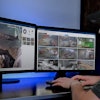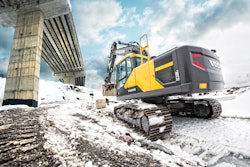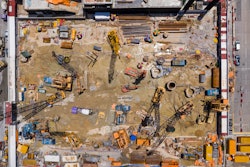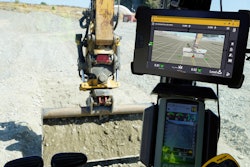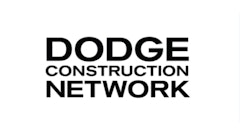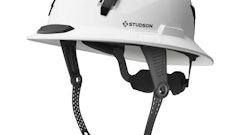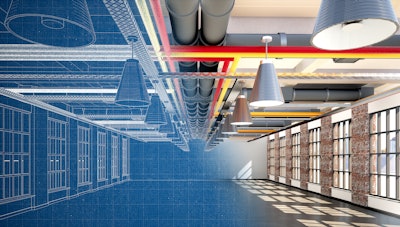
Amidst the current economic uncertainties, reduced project opportunities, tight budgets, and labor shortages remain challenges across industries. To tackle these, the construction industry must adopt more prudent and efficient digital management strategies. BIM, as the foundational digital asset for buildings, is central to this transformation.
Historically, BIM’s adoption and utilization have long been hindered by hesitancy and complexity. However, with increasing resource constraints and efficiency pressures, there is an imperative to exert more precise control over construction processes. Our global market observations show that regions like Singapore and Japan are progressively advancing the digital transformation of existing buildings. For instance, Singapore's Building and Construction Authority (BCA) has introduced initiatives such as the Green Mark certification. Similarly, China is actively promoting new quality productive forces, including those targeting the construction sector.
Enriching BIM Application Using Digital Twins
Currently, BIM plays a significant role in the design and construction phases of the building lifecycle, including digital production, measurement and valuation, and simulation. However, its extensive data, traditional software complexity, and accessibility issues pose challenges for frontline workers to benefit from during construction. These workers need easy-to-use, intuitive tools that support real-time simulation and validation on-site, helping them quickly familiarize themselves with processes and techniques to improve execution efficiency at the site and reduce errors. Exploring ways to make BIM more accessible and feasible for frontline employees is a critical area of interest.
The operational and maintenance phase of a building spans decades, necessitating comprehensive data integration beyond BIM alone, such as sensor data and equipment relationships, even ML and AI. Here, Digital Twin technology emerges as transformative, extending BIM data to operational workflows seamlessly. The digital twin-enabled BIM can also integrate more easily with cross-platform tools, including XR capabilities, augmenting operational tasks, enhancing efficiency, and fostering better collaboration for a superior digital experience.
After completing the design and construction phases, buildings enter the operation and maintenance stage lasting for decades. This stage involves not just the building itself but also the people living and working in the environments, the items and facilities used, and the ongoing activities. To sustain the entire building's operations, a comprehensive data integration approach is needed. This includes not just BIM but also sensor data, equipment parameters, spatial attributes of facilities, and the interconnection and relationships between upstream and downstream application systems, as well as various complex management systems used for people, items, and internal activities. At this point, digital twin technology plays a transformative role, using BIM and other 3D data as a foundation to aggregate various data types, creating numerous virtual digital twins that map to the real world, fully supporting the operations and maintenance of buildings and campuses.
Building the Metaverse of the Construction Industry
Beyond construction, BIM's integration with Digital Twin technologies extends its impact into maintenance and operations, optimizing efficiency and digital management practices over prolonged periods. Relying solely on BIM data is insufficient for operational activities, especially today with ever-growing data and smart management needs. Innovatively integrating technologies into BIM data, like digital twin capabilities, is crucial for complex operational executions.
By establishing digital twins, we lay the cornerstone for creating a building metaverse. Digital twins serve as the metaverse's foundation, enabling various applications to grow from them, supporting people's work and life from multiple perspectives, and thus building a true metaverse.
After forming the foundation of a digital twin application, we need a suite of creation tools to build the appropriate logic within the digital twin world progressively, making it as logical and operational as everything in the real world, eventually becoming a functioning metaverse.
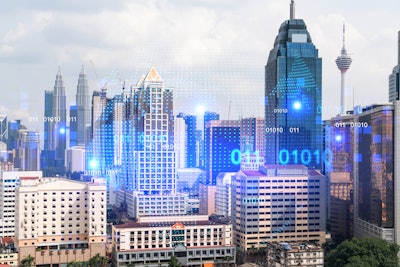 Once the functioning metaverse environment is established, we need to import various external data into the digital twin platform to synchronize it with the real world and adapt to real-time changes.@VideoFlow - adobe.stock.com
Once the functioning metaverse environment is established, we need to import various external data into the digital twin platform to synchronize it with the real world and adapt to real-time changes.@VideoFlow - adobe.stock.com
Finally, to support frontline workers' actual tasks, we need a range of business-oriented clients that can access the digital twin world to support people working better in the real world. Due to the complexity of frontline work, these applications should be accessible cross-platform. XR devices are particularly promising, especially with the recent attention created by Apple Vision Pro. XR devices can project virtual images 1:1 in the real world, enhancing intuitive understanding and reducing comprehension difficulties. On the other hand, they can free workers' hands and not interfere with their tasks.
Driving BIM and Digital Twin Application
As digital twin technology rapidly advances, industry professionals must collaborate to develop scenario-focused digital twin platforms to meet specific business needs. By using digital twin platforms as a digital hub, seamless connections with upstream and downstream partners can be achieved, providing customized solutions aligned with actual customer demands.
Mainstream digital twin platforms naturally integrate with XR and spatial computing, enabling quick deployment and rich functionality for mixed reality experiences in construction supervision and design optimization, leveraging the synergy of BIM and digital twins.
Additionally, artificial intelligence (AI) is poised to further enhance the integration of BIM and digital twins, accelerating their synergy and the development of content and interactivity. AI-driven virtual assistants can improve efficiency in BIM and digital twin converged environments, catalyzing transformative innovations in construction digitalization. By harnessing enterprise-grade AIGC tools, the industry can make significant strides in digital application development, BIM data optimization, communication and collaboration enhancement, and generating building-related content. This collaboration not only optimizes operational workflows but also provides intuitive tools for frontline workers, boosting productivity and decision-making capabilities.
Ultimately, technological advancement is focused on enhancing human efficiency. While we leverage these technologies collectively, we need to always think about creating applications that bring benefits to frontline workers, rather than superficial visualizations. This remains our central focus.


